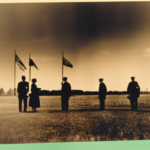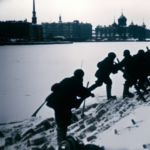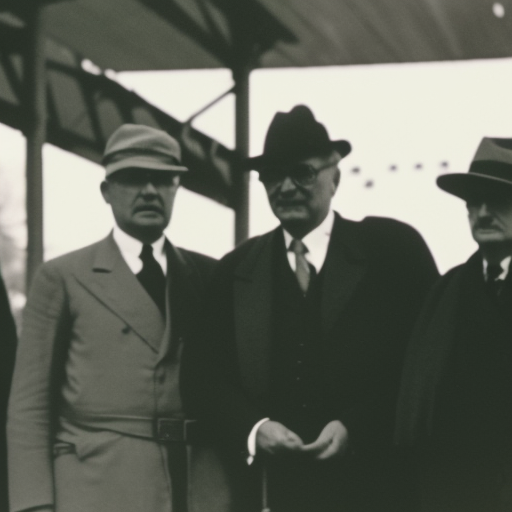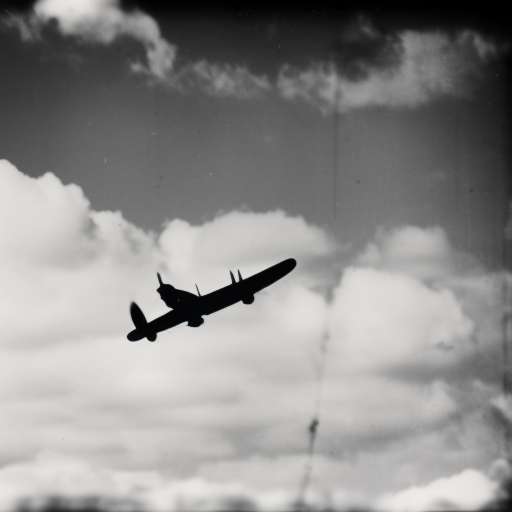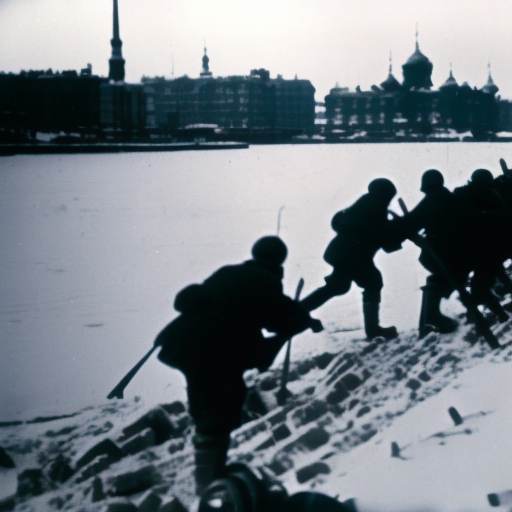The Potsdam Conference (1945)
The Potsdam Conference was a meeting held in Potsdam, Germany, from July 17 to August 2, 1945, between the leaders of the Allied powers – the United States, the Soviet Union, and the United Kingdom. The conference aimed to discuss the post-war settlement of Europe and the ongoing war against Japan. It was the last major conference of World War II and marked a significant turning point in international relations.
Background
The Potsdam Conference took place shortly after the defeat of Nazi Germany and the death of President Franklin D. Roosevelt. The new leaders of the Allied powers, President Harry S. Truman, Soviet Premier Joseph Stalin, and British Prime Minister Winston Churchill (later replaced by Clement Attlee), gathered to discuss the future of Europe and the implementation of the agreements made at the previous conferences in Yalta and Tehran.
Main Agreements
The conference addressed a wide range of issues, including the division of Germany, the punishment of war criminals, the demilitarization of Germany, and the establishment of a new international organization – the United Nations. The leaders agreed to divide Germany into four occupation zones, each to be controlled by one of the Allied powers – the United States, the Soviet Union, the United Kingdom, and France. Berlin, located in the Soviet zone, was also divided into four sectors.
The leaders also discussed the issue of war reparations. The Soviet Union demanded significant reparations from Germany, which led to tensions between the Allies. They eventually agreed to a compromise, with the Soviet Union receiving reparations mainly from its own occupation zone and a smaller portion from the other zones.
Demilitarization and Denazification
The Potsdam Conference also addressed the demilitarization and denazification of Germany. The leaders agreed to dismantle Germany’s military capabilities and disarm the country. They also discussed the prosecution of war criminals, including the leaders of Nazi Germany. The conference established the framework for the Nuremberg Trials, where top Nazi officials were held accountable for their crimes against humanity.
Post-War Borders and Expulsions
The conference also dealt with the issue of post-war borders and population transfers. The leaders agreed to the expulsion of Germans from Eastern Europe and the transfer of German territories to Poland and the Soviet Union. This decision had significant consequences, as millions of Germans were forcibly displaced from their homes, leading to a humanitarian crisis.
The Atomic Bomb and Japan
During the Potsdam Conference, the leaders received news of the successful test of the atomic bomb in the United States. This development greatly influenced the discussions regarding the ongoing war against Japan. The leaders issued the Potsdam Declaration, calling for Japan’s unconditional surrender. They warned that if Japan did not surrender, it would face “prompt and utter destruction.” This ultimatum played a crucial role in Japan’s decision to surrender, leading to the end of World War II.
Legacy
The Potsdam Conference marked the beginning of the Cold War between the Soviet Union and the Western Allies. Tensions arose over the implementation of the agreements made at the conference, particularly regarding the division of Germany. The conference also set the stage for the subsequent geopolitical struggles and conflicts that characterized the post-war era.
In conclusion, the Potsdam Conference was a crucial event in shaping the post-war world order. It addressed key issues such as the division of Germany, war reparations, demilitarization, and the prosecution of war criminals. The decisions made at the conference had far-reaching consequences, laying the groundwork for the Cold War and shaping the geopolitical landscape for decades to come.



